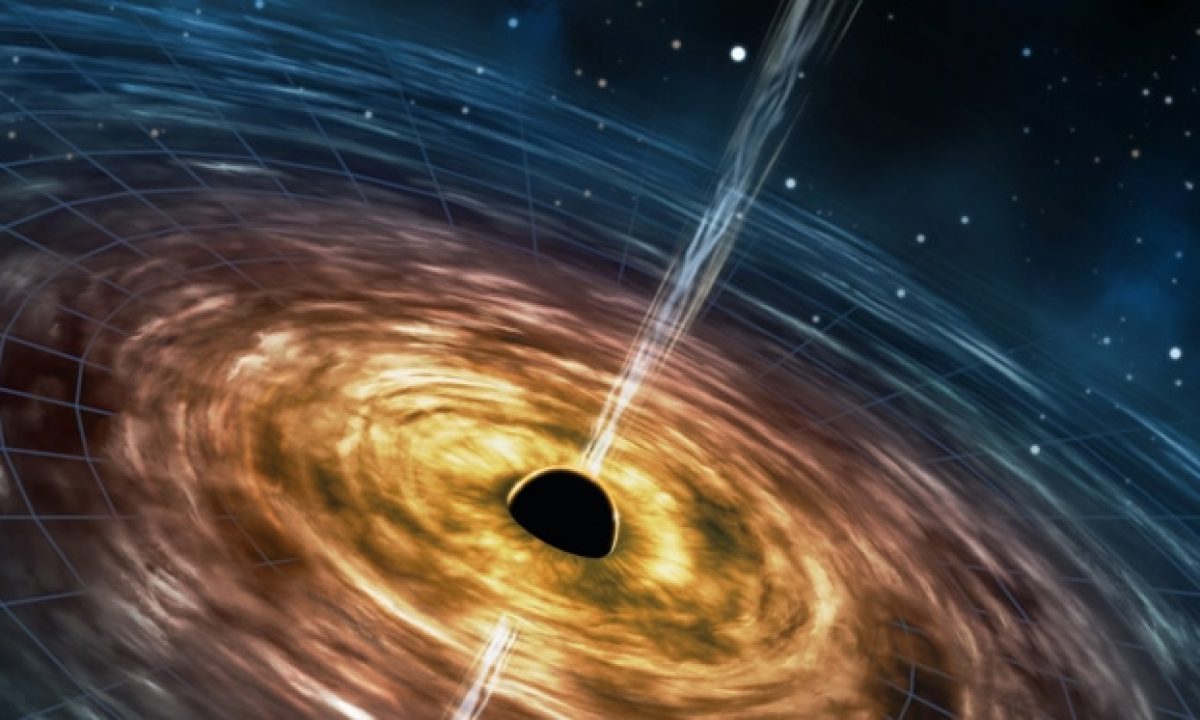How Quantum Mechanics and General Relativity Intersect in the Study of Antimatter

The intersection of quantum mechanics and general relativity represents one of the most profound challenges in modern physics. These two fundamental theories describe the universe at different scales: quantum mechanics governs the subatomic world, while general relativity explains the macroscopic behavior of gravity and the structure of spacetime. Antimatter, which consists of particles with properties opposite to their matter counterparts, provides a unique context to explore this intersection. Understanding how these theories converge in the study of antimatter can potentially unlock new insights into the fundamental nature of the universe.
Advertisement
The Basics of Quantum Mechanics and General Relativity
Quantum Mechanics
Quantum mechanics is the branch of physics that describes the behavior of particles at the atomic and subatomic levels. It introduces concepts such as wave-particle duality, quantization, and the uncertainty principle. Key particles include electrons, protons, and their antimatter counterparts, positrons and antiprotons. Quantum field theory, an extension of quantum mechanics, describes how these particles interact via fundamental forces.
General Relativity
General relativity, formulated by Albert Einstein, describes gravity as a curvature of spacetime caused by mass and energy. Massive objects like stars and planets warp the spacetime fabric, creating the gravitational forces we observe. General relativity successfully explains a wide range of phenomena, from the orbit of planets to the bending of light around massive objects (gravitational lensing).
Advertisement
Antimatter in Quantum Mechanics
Antimatter is predicted by the equations of quantum mechanics, specifically through the solutions to the Dirac equation, which describes fermions like electrons. For every particle, there is an antiparticle with the same mass but opposite charge and quantum numbers. When matter and antimatter meet, they annihilate, producing energy typically in the form of gamma rays. This annihilation process is well-understood within the framework of quantum electrodynamics (QED), a part of quantum field theory.
Antimatter in General Relativity
While general relativity primarily deals with massive celestial objects, it also applies to any form of mass-energy, including antimatter. Antimatter, like matter, has mass and therefore influences spacetime curvature. However, the effects of individual antiparticles on spacetime are minuscule and difficult to observe directly. In astrophysical contexts, the presence of large amounts of antimatter would lead to significant gravitational effects, similar to those of matter.
Advertisement
Intersection of Quantum Mechanics and General Relativity
The intersection of quantum mechanics and general relativity in the context of antimatter involves several key areas:
Curved Spacetime and Quantum Fields
Quantum field theory in curved spacetime attempts to describe how quantum fields (including those of antimatter) behave in a gravitational field. This is crucial for understanding processes in extreme environments, such as near black holes or during the early universe.
Hawking Radiation
Stephen Hawking proposed that black holes can emit radiation due to quantum effects near the event horizon. This Hawking radiation is a result of particle-antiparticle pairs forming at the edge of the black hole, with one particle escaping and the other being absorbed. This phenomenon combines quantum mechanics and general relativity, illustrating how antimatter (and matter) can emerge from quantum fluctuations in a strong gravitational field.
Antimatter and Dark Energy
Some theories suggest that the properties of antimatter might provide insights into dark energy, the mysterious force driving the accelerated expansion of the universe. Quantum field theories incorporating general relativity aim to explain how energy from particle-antiparticle pairs could influence cosmic expansion.
Quantum Gravity Theories
The quest for a theory of quantum gravity seeks to unify general relativity and quantum mechanics. Approaches like string theory and loop quantum gravity attempt to describe all fundamental particles, including antimatter, within a single framework. These theories suggest that spacetime itself may have a quantum structure, affecting how particles and antiparticles interact.
Experimental and Observational Efforts
Experiments at facilities like CERN's Large Hadron Collider (LHC) and the Alpha Magnetic Spectrometer (AMS) on the International Space Station are crucial for studying antimatter and testing the predictions of both quantum mechanics and general relativity. These experiments aim to:
- Detect differences in the behavior of matter and antimatter under extreme conditions.
- Measure the gravitational interaction of antimatter to test if it falls at the same rate as matter.
- Investigate the potential presence of antimatter in cosmic rays and its implications for the matter-antimatter asymmetry in the universe.
Challenges and Future Directions
The primary challenge in merging quantum mechanics and general relativity lies in their fundamentally different mathematical frameworks. Quantum mechanics operates within the probabilistic realm of wavefunctions and operators, while general relativity uses the deterministic geometry of spacetime. Finding a coherent theory that describes both the quantum realm and the gravitational field remains an ongoing pursuit.
Future research might focus on:
- Developing more refined models of quantum field theory in curved spacetime.
- Conducting high-precision experiments to detect potential anomalies in antimatter behavior.
- Advancing theoretical frameworks like quantum loop gravity and string theory to provide deeper insights into the nature of antimatter and its gravitational interactions.
Conclusion
The study of antimatter at the intersection of quantum mechanics and general relativity is a frontier that promises to deepen our understanding of the universe. By exploring how these two pillars of modern physics interact, particularly in extreme environments and through high-energy experiments, physicists hope to uncover the fundamental principles governing all matter and energy. This pursuit not only aims to unify our understanding of the micro and macro cosmos but also to solve some of the most profound mysteries in physics, such as the nature of dark matter, dark energy, and the true fabric of spacetime itself.